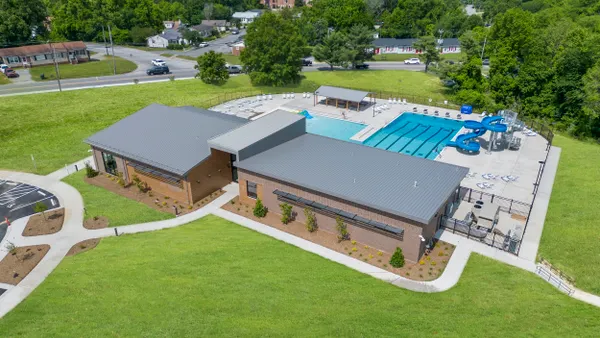Business taxes are getting a second look with budget uncertainty. Cities and counties facing budget deficits and lower revenues from federal and state sources are looking to adopt or update locally collected business taxes to ensure a sustainable revenue channel for their communities.
Moving quickly on business license taxes carries some risk. Local government leaders must strike a careful balance around ensuring revenues while supporting local businesses, which requires good data and a sharper focus on the taxpayer experience. (See below: Where and What Local Business Taxes Are Collected)
A Tipping Point for Business Taxes
From Seattle, WA, to Philadelphia, PA and through to smaller communities like Brandenburg, KY, locally collected taxes are getting a second look from city and county leaders who are seeking more sustainable approaches to bridging budget gaps while balancing the health of their small businesses.
Smart public sector leaders are moving forward with a focus on both the taxpayer experience and the data. Simplifying the tax filing process should be the number one aim to ensure full collections and reduce the time required by local businesses to be compliant.
Breaking Resourcing vs. Compliance Tradeoffs
Administering a business tax carries a real cost for cities and counties. Even those that are collecting taxes from just a few businesses must allocate staff to check filings, support business filers, ensure accurate accounting, monitor compliance and deliver accurate reports.
Even for a smaller municipality collecting just one tax type, staff must be able to quickly verify which businesses are required to pay the tax, how often they must file, what the tax rate or fee is, whether taxes are properly accounted for and where there are compliance gaps.
Many cities and counties juggle multiple tax types with different filing frequencies that may have to be accounted for differently. A single county might collect different tax types for multiple municipalities and special districts.
Instead of massively investing in full-time staff to administer taxes and ensure compliance, many jurisdictions look to software solutions. Others turn to service providers who can help administer taxes without adding to their staffing numbers.
‘Do This/Don’t Do That’ for Managing Compliance
Many cities and counties rely on existing solutions such as their ERP or financial management and accounting software, or (worse) their permitting software, or a light point solution—none of which act as a true “tax system of record.” These solutions are insufficient to manage the complex and critical nature of local business taxes.
Robust solutions ensure that staff can automatically account for all tax revenues based on tax types, as well as apply grants and tax breaks by business type. Best-in-class solutions also provide a filing portal that helps automate tasks, alerts and payments for business owners.
Ensuring businesses understand what they owe and when and helping them keep track of past payments and automate future payments, is the most cost-effective approach to ensuring compliance.
Additionally, comprehensive solutions should make it simple for staff to see payment gaps to understand where there may be non-compliance and to focus their time on communicating with those businesses.
Another cost-effective way to identify local businesses that may not know they owe a local tax is to marry state licensing data with your local filer dataset. An effective solution will offer reporting and dashboard capabilities to enable easy comparisons.
Trust Compounds When It Comes to Taxes
Providing competent, human-centered digital interactions can double your public trust metrics, according to Deloitte.
Offering portals and kiosks to constituents and businesses boosts the number of license applications and filings to over 80%, according to analysis by Neumo of key customers like Okaloosa County, FL.
Enabling staff with powerful digital solutions enables them to close compliance gaps, which results in more revenue for their communities.
Where and What Local Business Taxes Are Collected
Thousands of cities and counties across the U.S. collect a local business tax. Some of these taxes are applicable to all businesses in the jurisdiction, while some are based on other factors like volume or number of employees.
- California, Pennsylvania, Georgia, Virginia, Washington, South Carolina, Alabama, Louisiana and West Virginia cities and counties can collect gross receipts-based local business taxes (often called a business license or occupational license tax).
- Pennsylvania, Ohio, Michigan, Kentucky and Missouri jurisdictions can collect a net profit-based tax (often called an occupational, income, or earnings tax).
- Cities and counties in several states, including Texas, Virginia, Colorado and Arizona, collect a sales and use tax, hotel occupancy/transient occupancy tax and/or meal tax.
- Many more jurisdictions across states have established local ordinances around the collection of short-term rental taxes.
Many local leaders prefer locally collected taxes because, in many cases, the revenue may be used as part of the general funds and can be allocated at the discretion of city, county, or town leaders. It can also provide greater transparency around the sources of that revenue.










